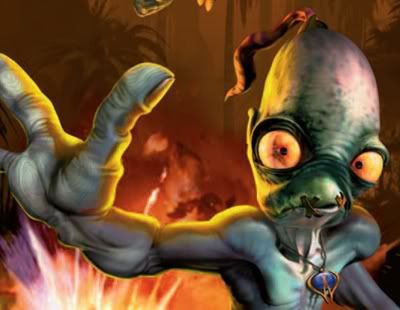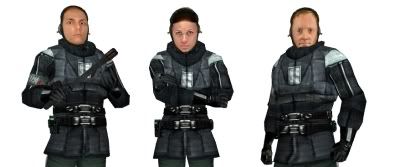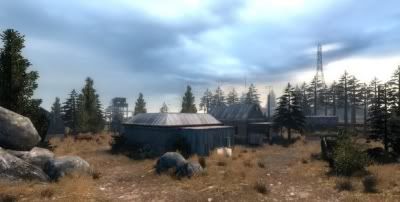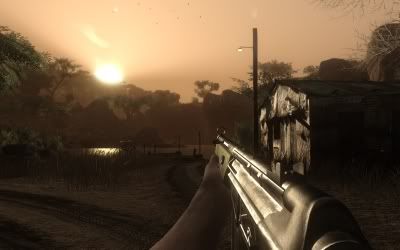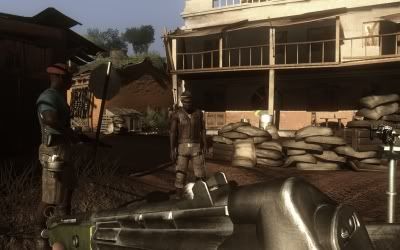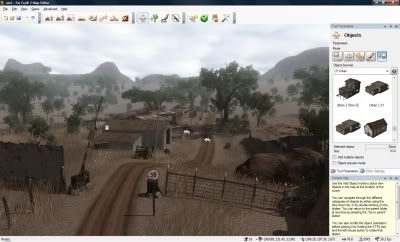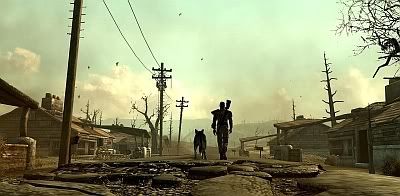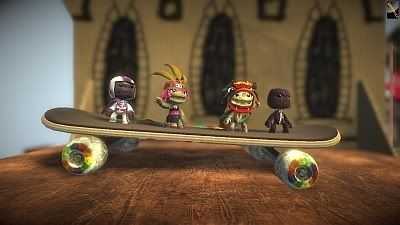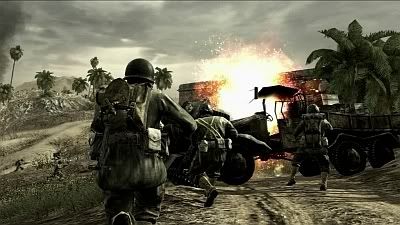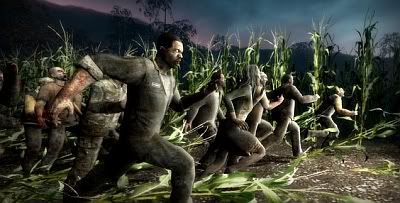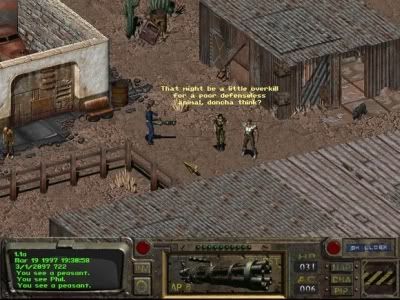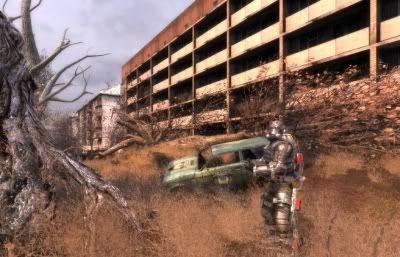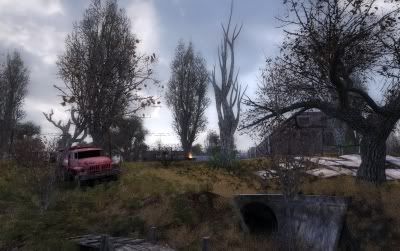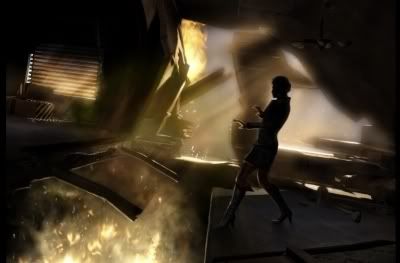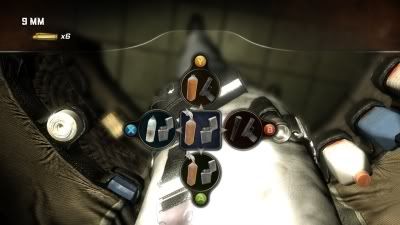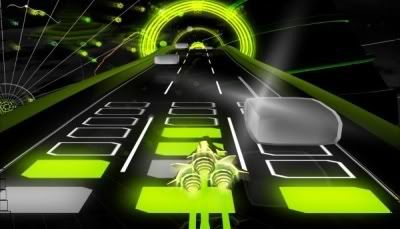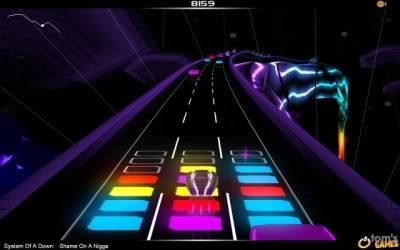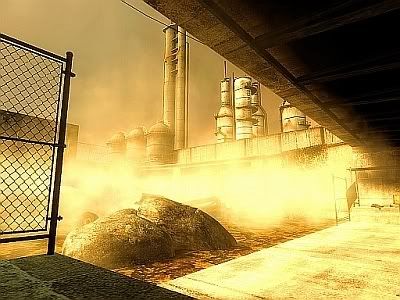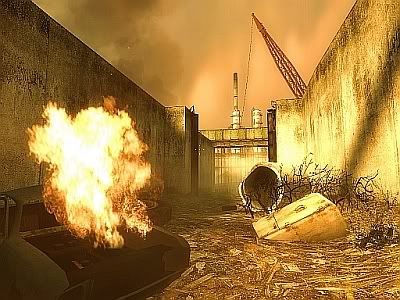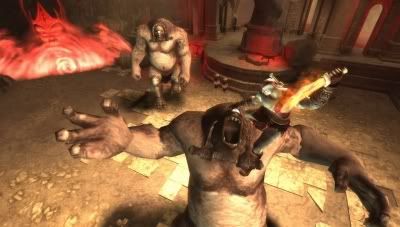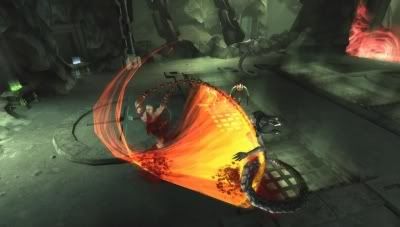Final Fantasy VII was one of my all-time favourite games. It opened up my eyes to the world of storytelling through games, showed me what a compelling cast and atmosphere can do for the experience, and highlighted the importance of scope and mood through audio and visuals. It is one of the few RPGs I have played through several times.
What a disappointment, then, when I got my hands on its little brother:
Crisis Core. I wanted to enjoy Crisis Core -- I really did -- but I really should have known better. You see, Final Fantasy has always been at the pinnacle of design, technology and art but as the years go on I sense that they seem to have forgotten about design in an attempt to blow the competition out of the water in the other two areas.
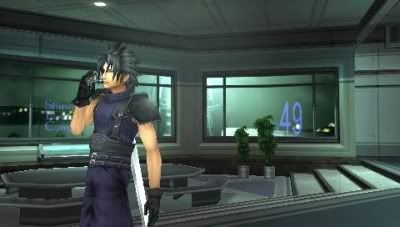
Crisis Core really is a visually stunning game considering the hardware limitations of the PSP, and this is evident in cutscenes and in-game sections alike, but all that goes out the window when the game is absolute dog shit to play. I'll explain why.
The battle system is a repetitive process of hammering attack buttons (occasionally interspersed with healing if the retarded DMW system didn't happen to give you free health, see below). Each battle is started and ended with an extremely irritating voice-over which becomes mind-numbing after the first few tries.
At random intervals in the battles, your button mashing is interrupted because a constantly-spinning slot reel (the DMW) happened to match up two pictures. Cue a time-based action to try and match a third picture so that you are allowed to use your special moves. On the spot. That's right, the timing of your special moves is selected randomly, thereby eliminating ALL strategy in using them. At one point the game decided I should try and match Aerith's picture so I could have a free healing spell.
'No thanks', I thought, 'M
y health is actually double my maximum health at the moment' (?!) So I decided to be cunning and stop the slot reel on a different picture, therefore avoiding watching the jarringly-long spell animation. '
No', replied the game, '
I think you should have a healing spell now' and forced me on to the matching picture anyway. I wouldn't mind this kind of crap if it was occasional, but I found this to be happening with incredible frequency. Strong attack moves would kick in when I was just about to deliver my finishing blow to a long line of enemies. If there was any sort of pattern to this feature then the game wasn't explaining it to me well enough.
Occasionally you also be forced to sit through a cutscene or flashback to a previous interaction with a main character.
DURING THE BATTLE.
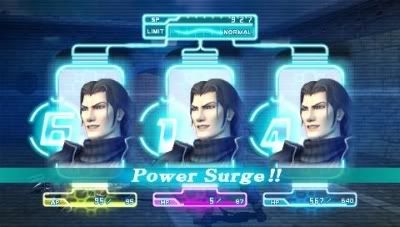
Oh, did I mention that your character only levels up when you get 777 on the DMW? Yeah, it's not based on experience or skill in any way.
If I start to sound like
Yahtzee it's probably because I'm starting to feel like him.
The battle system would probably be bearable if it weren't so prominent, but it's pretty much the meat of the game. Any outside quests are handled by either wandering round an empty-as-sin town area, reading pages of uninspiring text in your e-mails list, or participating in the hundreds of additional missions.
Don't get me started on the missions! Well, I've already started actually, so I'll finish. The optional missions (I'm so relieved they're optional) consist of running around a bland, repetitive 'dungeon' area with a high frequency of random encounters until you find your target enemy. This is one enemy that is exactly the same as the rest, except it is visible
before you enter the battle instead of appearing out of nowhere. Once you kill it, you succeed the mission. That's it. I've completed 20% of the missions (that's at least 30 missions I think) and every single one has followed this exact same formula. Any story given to you in the briefing is a shallow excuse to slog through one more gruelling grind.
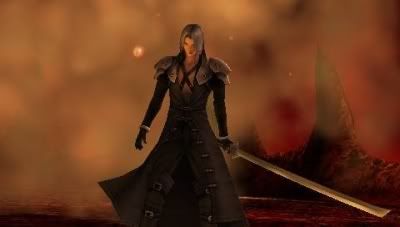
It's not all bad. The graphics are superb as I mentioned before, and the many references to the original Final Fantasy VII are plentiful and accurate. But as I have come to expect from Square-Enix in recent years, the good parts are not enough to outweigh the bad. I found this game incredibly infuriating and it tried my patience far too much. I would recommend it if you were a fan of its predecessor but beyond that it really isn't enjoyable enough to endure its broken mechanics.
I've managed to play a decent amount of a few other new games lately; namely
Call of Duty 4,
Crysis,
Bioshock and
Assassin's Creed. Expect some opinions on those games soon.
